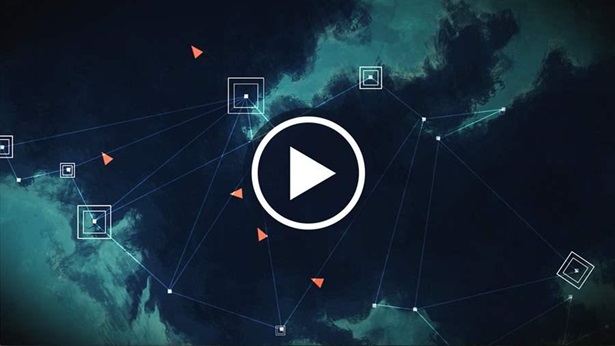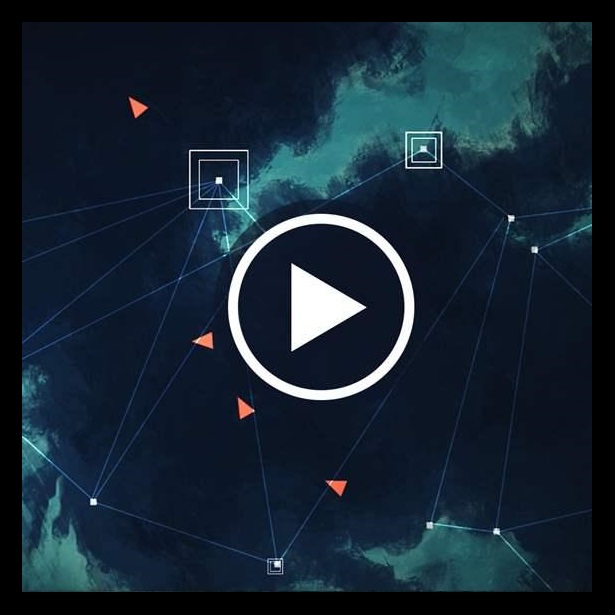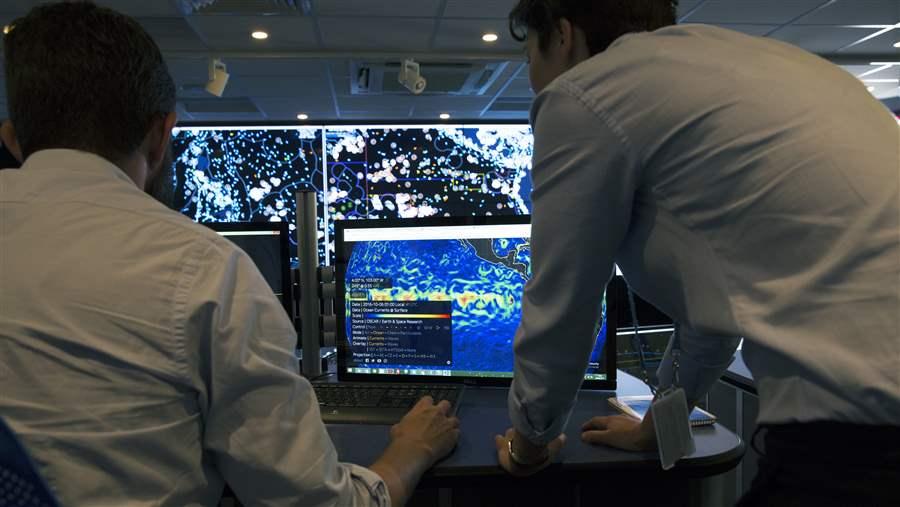Oversea Ocean Monitor
How satellite technology and expert analysis are helping to end illegal fishing
Overview
Illegal fishing is a global problem that worsens the impact of overfishing on marine ecosystems and jeopardizes the livelihoods of tens of millions of people who depend on ocean resources. Including unreported catch, it accounts for up to $23.5 billion worth of fish annually—or 1 of every 5 sold.
Traditionally, efforts to stop illegal fishing have relied on patrol vessels and aircraft. But these are often prohibitively expensive for even the richest nations, and the ocean is too vast for effective surveillance and enforcement at sea. Protecting important marine areas, especially the reserves that guard some of Earth’s most pristine ecosystems, requires 21st-century technology.
To help meet this challenge, The Pew Charitable Trusts partnered with Satellite Applications Catapult and fisheries intelligence group OceanMind to pioneer Oversea Ocean Monitor, a state-of-the-art platform that combines satellite monitoring and imagery data with comprehensive fishing vessel databases and oceanographic data to help authorities monitor and detect suspicious fishing activity. The system also helps seafood buyers ensure that the vessels that supply them comply with fishing regulations.
Building a picture of the maritime domain
The Oversea Ocean Monitor system is designed to be a cost-effective global fisheries monitoring and enforcement tool not only for governments, including the most resource-poor enforcement agencies, but also seafood buyers. Its distinctive feature is that it can synthesize and analyze multiple layers of data to identify and monitor suspicious vessel activity. The automated system then alerts OceanMind analysts, who in turn contact relevant authorities so they can investigate and take action. Drawing from many sources of information, it allows analysts to track fishing and other maritime activity for any ocean region in the world.
The system draws on four sources of information:
- Vessel tracking. The system uses satellite-based automatic identification system (AIS) data, which includes a vessel’s identity, position, and other information to give a global picture of vessel activity. The International Convention for the Safety of Life at Sea requires all commercial vessels larger than 300 gross tons to be equipped with AIS. Although it is not mandatory for fishing vessels, many also carry AIS transponders. The system can also incorporate vessel monitoring system (VMS) data that is typically sent from a vessel to fisheries management authorities via secure satellite communications. Access to the VMS data, which is often proprietary, is automatically restricted and accessible only by those authorized to see it.
- Satellite imagery. When AIS or VMS transponder data are inconsistent or unavailable, synthetic aperture radar (SAR) images can help track vessel activity. Satellites with SAR sensors circle the globe and produce images day or night, largely unaffected by weather. The system is also capable of incorporating optical satellite imagery, which provides higher-resolution images for smaller, targeted areas of the ocean.
- Vessel databases. Pew and its partners have developed a comprehensive global database of fishing vessels that combines international, regional, and national vessel registries with verified data sets. This repository contains records on a vessel’s country of registration, aliases, and known history of illegal or unreported fishing. It also includes information on vessel owners and operators, and any links they may have to other vessels, fleets, or owners that have been flagged as bad actors. Combined with details on a vessel’s past and current movement and activities, the database provides in-depth, up-to-date dossiers on vessels and their owners.
- Automated analysis. Computer algorithms detect vessel movements and can spot patterns that indicate when boat activities are consistent with fishing or with suspicious or unauthorized behavior. Customizable tools and vessel compliance risk algorithms allow the analyst to focus on the highest-priority vessels. This means that the system can help alert authorities in a fraction of the time required by traditional surveillance methods.
Its distinctive feature is that it can synthesize and analyze multiple layers of data to identify and monitor suspicious vessel activity.
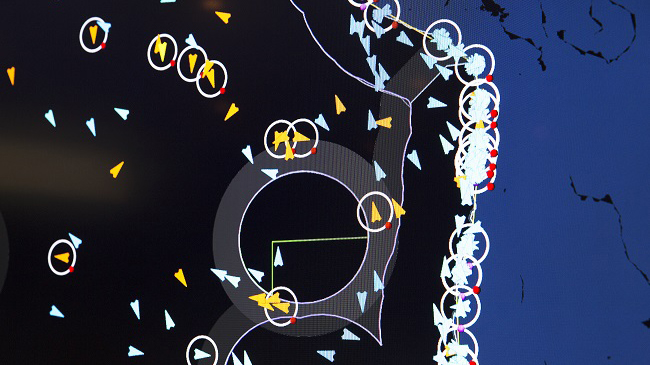
A board inside the Satellite Applications Catapult Operations Centre in Harwell, England, where analysts from OceanMind work with Oversea Ocean Monitor technology to monitor fishing activities around the world.
© The Pew Charitable TrustsAn unprecedented and cost-effective option
Given timely and multilayered data on vessel activities, nations can respond with targeted patrols to intercept suspicious ships, monitor areas with high levels of suspicious activity, or target port inspections more efficiently. This helps enable the most cost-effective compliance and enforcement efforts for the relevant authorities. Similarly, national authorities can notify the relevant regional fishery management organization(s), which may consider adding vessels confirmed to have conducted illicit activities to blacklists. The seafood industry can also use this information to make informed sourcing decisions, whether in real time or retrospectively, and help eliminate illegally caught seafood products from entering their value chains.
The Oversea Ocean Monitor technology is being used by OceanMind’s team of expert fisheries analysts and has already demonstrated effective monitoring and surveillance of remote marine areas, including the Pitcairn Islands, which led the U.K. government to designate them as a fully protected marine reserve.
This technology presents an unprecedented opportunity for governments around the world to combat illegal fishing. As the system continues to develop, new data sources and emerging technologies will be integrated to respond to evolving needs, such as crowd-sourced photographs and sightings, near-infrared pictures from satellites and unmanned aerial vehicles, and other passive sensors.
There is no single solution to the problem of illegal fishing, but Oversea Ocean Monitor and the team at OceanMind can make a significant difference in protecting the world’s oceans.


America’s Overdose Crisis
Sign up for our five-email course explaining the overdose crisis in America, the state of treatment access, and ways to improve care
Sign up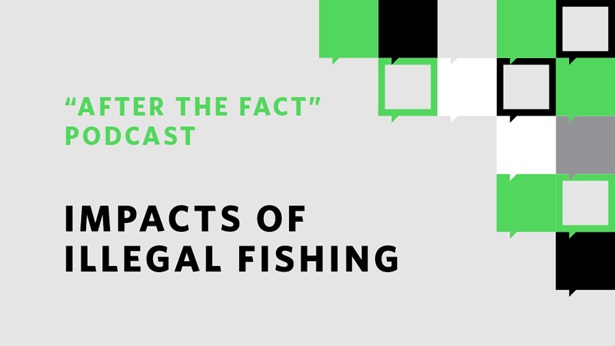
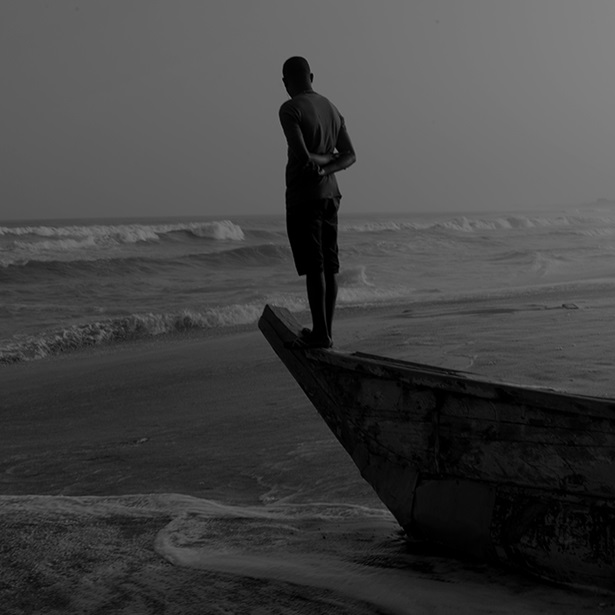
Impacts of Illegal Fishing
Episode 16
